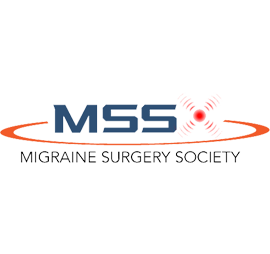Migraine is the most common neurologic disease and occurs more often than diabetes, asthma and epilepsy together. About 12 percent of the world population suffers from migraine, women 3 times more often than men. Migraine is more than just a severe headache; it is a complex disease with a spectrum of symptoms. There is a pulsating headache on one side of the head that can worsen during normal daily activities. In addition, there may be nausea, vomiting and hypersensitivity to light, noise and smell. A combination of these symptoms can last 4 to 72 hours. To make the diagnosis of migraine there have to be at least 5 migraine headaches a month for 3 months in a row. When there are 15 headache episodes a month 3 months in a row the diagnoses of chronic migraine can be made. At least 8 headaches will need to fulfill the criteria of migraine. Chronic migraine occurs in 2% of the world population.
contact: info@cosmeticsurgerycuracao.com





